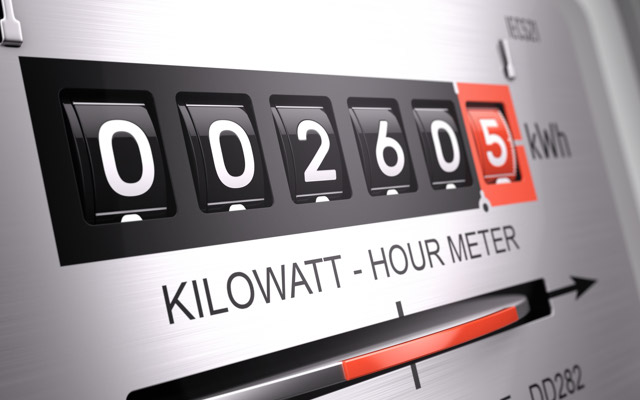How Electricity Generation in Singapore Works
Posted on 30th April 2018

The ability to harness electricity into a form of power has been around for well over a century, and people are constantly searching for new ways to harness, produce, and store this incredible electrical power. In Singapore, the use of natural gas has come in handy for the development of electricity. In that way, a more renewable form of energy can be produced that causes less of a harmful impact on the environment.
Interested in learning more about how electricity is produced, and why natural gas is the preferred method for producing electricity in Singapore? Read on to find out more by our electrician Singapore!
What Exactly is Electricity?
Before understanding how electricity is generated, it's important to understand what electricity actually is. While you may see it as lightning in the sky, it's much different when it is created and generated by humans. Electricity is defined as the flow of electrons between two points, such as through a circuit.
When you flip on a switch, electrons are immediately fired through a circuit, signalling that the light should turn on. Your entire home, city, and country is wired with different circuits and connections that light up our world and help you stay powered from the smallest devices to the largest buildings.
While electricity can be generated with coal and fossil oils, the best way to produce electricity is through natural gas. This has the lowest impact on the environment, and is typically much cleaner than the other two sources of fossil energy.
Electricity as the Primary use for Natural Gas
Singapore loves to use natural gas, as it is the cleanest of all fossil fuels. Although natural gas is a limited resource, there is plenty of it available for years to come. Due to its clean nature and its ability to produce electricity quickly, it has become the preferred electricity generation method by people in multiple countries.
Natural gas has a far less significant impact on the environment than coal, which is the traditional method for producing electricity. Electricity must be produced on a consistent basis, which is why engineers have turned to far safer methods. Natural gas is used for a lot of things, including providing fuel for cars as well as heating for air and heater units in the home. But by far, electricity is the primary stakeholder in natural gas consumption.
How Electricity is Generated with Natural Gas
There are a couple of different methods used to create electricity out of natural gas. The most common and basic way is by using a gas-fired electric generation process, which uses a steam generator to create the power. These fossil fuels are burned in a high-energy, low-impact steam unit, which produces steam and slowly generates electricity. However, this is not the most effective way to produce electricity as only a small amount of energy comes out of the steamers.
That's why people have produced centralized gas turbines, which generate electricity on a much higher scale. Instead of having to rely on steam, the natural gases are burned and that is what makes the turbine turn. Once the turbine is turning rapidly, it produces electricity. It is very easy to turn the turbines on and off, as well as to load them up with natural gases to create a sustainable amount of energy.
Distributed Generation
What is distributed generation? This defines a newer method of generation electrical power using natural gas that is slowly taking ground. With this method, smaller electric generation turbines are placed in residential and commercial areas, rather than having a single centralized power plant. This is a great way to reduce the amount of factory fumes and to also save space by spreading electrical generation throughout cities and towns.
While the use of low output generators isn't always supported, it can be a great way to help give electrical access to those who are not previously connected to a power line.